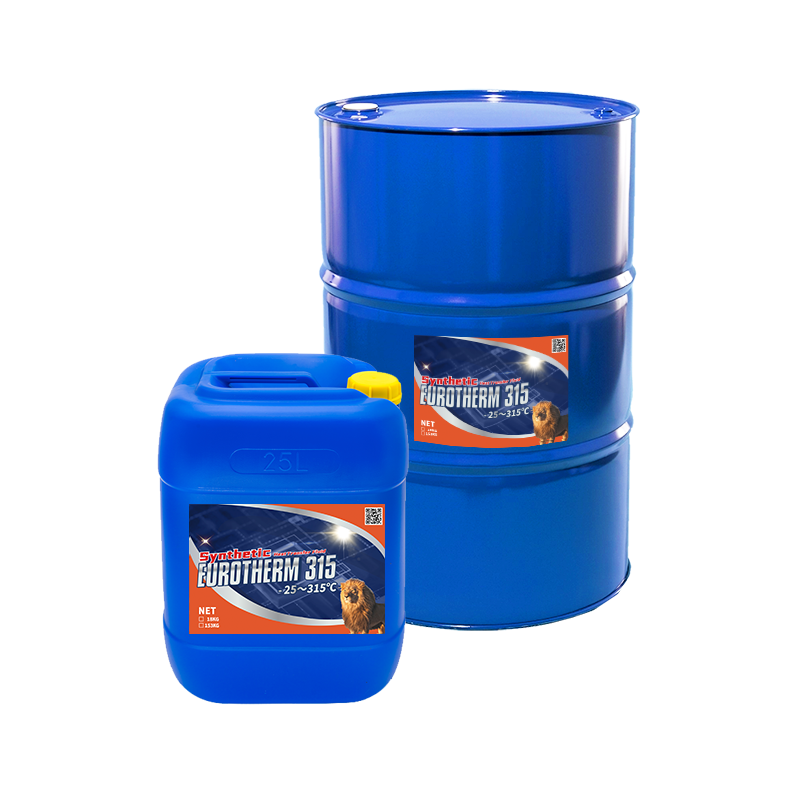The smart Trick of Chemie That Nobody is Talking About
The smart Trick of Chemie That Nobody is Talking About
Blog Article
The Ultimate Guide To Chemie
Table of ContentsWhat Does Chemie Mean?The Facts About Chemie RevealedThe Single Strategy To Use For Chemie5 Simple Techniques For ChemieMore About ChemieThe Ultimate Guide To Chemie
(https://dc-washington.cataloxy.us/firms/chemie.co.htm)Measured adjustment in electric conductivity of liquid examples as a feature of time when mixed with the material sample in the closed indirect air conditioning loophole experiment. Figure 6 shows the adjustment in the determined electrical conductivity of the liquid samples when stirred with the resin sample. The conductivity of the water example from the shut loophole experiment reduced by roughly 70% from 11.77 S/cm to 3.32 S/cm in six hours.These results suggested that the capability of the resin relies on the test fluid used for the experiment. This reveals that different ions present in the liquid will cause different ion exchange ability of the fluid. Consequently, calculating the ion exchange resin capacity with the fluid sample from the real cooling loophole is essential.
The 10-Second Trick For Chemie
As a result, an ion exchange material cartridge consisting of 20g of Dowex mixed bed resin may tackle order 938 days to saturate. To put it simply, to preserve a reduced electrical conductivity, a resin cartridge with the dimension and weight spec as that of the material cartridge utilized in the experiment, need to be altered every 30 months for the air conditioning system that was used in the experiment
The air conditioning of digital components has actually ended up being a significant obstacle in current times due to the developments in the style of faster and smaller sized parts. The usage of a fluid coolant has actually become appealing due to the greater warmth transfer coefficient attained as contrasted to air-cooling.
Chemie - Truths
A solitary phase air conditioning loophole consists of a pump, a warmth exchanger (cold plate/mini- or micro-channels), and a warmth sink (radiator with a fan or a liquid-to-liquid warm exchanger with cooled water cooling). The warmth source in the electronic devices system is attached to the warm exchanger.
The requirements may differ depending upon the sort of application. Complying with is a checklist of some general needs: Good thermo-physical residential properties (high thermal conductivity and specific warmth; low viscosity; high hidden warmth of evaporation for two-phase application) Low cold point and ruptured factor (often burst defense at -40 C or lower is required for shipping and/or storage space objectives) High atmospheric boiling point (or reduced vapor stress at the operating temperature level) for single phase system; a slim wanted boiling factor for a two-phase system Excellent chemical and thermal stability for the life of the electronics system High flash point and auto-ignition temperature (often non-combustibility is a requirement) Non-corrosive to materials of building and construction (steels as well as polymers and other non-metals) No or very little governing restraints (environmentally friendly, safe, and perhaps biodegradable) Economical The most effective electronic devices coolant is an inexpensive and harmless fluid with superb thermo-physical properties and a lengthy life span.
The Chemie PDFs
Most of these liquids have a non-discernible smell and are harmless in situation of contact with skin or ingestion. As discussed in the past, aliphatic PAO-based liquids have replaced the silicate-ester liquids in a selection of military electronics (and avionics) cooling down applications in the last years. Another course of prominent coolant chemistry is dimethyl- and methyl phenyl-poly (siloxane) or typically referred to as silicone oil.
Fluorinated substances such as perfluorocarbons (i.e., FC-72, FC-77) hydrofluoroethers (HFE) and perfluorocarbon ethers special info (PFE) have particular special properties and can be made use of touching the electronics [4, 8] First of all, these liquids are non-combustible and non-toxic. Some fluorinated compounds have zero ozone diminishing possible and various other environmental residential or commercial properties.
Ethylene glycol is colorless and almost unsmelling and is totally miscible with water. When correctly inhibited, it has a reasonably low corrosivity. However, this coolant is classified as toxic and should be taken care of and thrown away with care. The high quality of water made use of for the prep work of a glycol option is extremely essential for the system.
The Definitive Guide for Chemie

This is a low expense antifreeze remedy, finding use in refrigeration services and ground resource warmth pumps - heat transfer fluid. This fluid can be made use of down to -40 C owing to its reasonably high rate of warm transfer in this temperature level range.
It is thought about even more damaging than ethylene glycol and consequently has actually discovered use only for procedure applications situated outdoors. Methanol is a flammable liquid and, as such, presents a prospective fire hazard where it is saved, managed, or utilized.
The Single Strategy To Use For Chemie
As a flammable fluid, it calls for particular precautions for handling and storage space. Liquid services of calcium chloride find broad usage as flowing coolants in food plants. The main applications of these fluids are in the food, beverage, drugs, chemical and climatic chamber applications, lately these fluids have actually been examined for single-phase convection cooling of microprocessors.
Report this page